Over the last few years, Material Mode has frequently referenced the symbiotic relationship between Parisian couture and American fashion during the first half of the 20th century. US-based ready-to-wear manufacturers looked to Paris to set the mode, which they subsequently mimicked, with riffs and revisions. Inversely, the American dollar was a critical source of income for Parisian haute couture. That wealthy American women formed a formidable segment of their clientele is widely documented. Lesser-known, however, is the important stream of income that came into the maisons de couture from licensing deals granting US department stores and manufacturers the rights to legitimately copy haute couture models.
Our holdings are ripe with primary sources evidencing this decades-long exchange between the fashion industries of France and America. This case study will focus on just one of the many collections that explicitly document how Parisian designs found their way into the closets of upper and middle-class American women who may have never set foot on French soil.
As early as 1897, Max Meyer, a buyer for the American cloak and suit manufacturer A. Beller & Co., gained entrée (by way of an introduction by Lord & Taylor representatives in Paris) into the Callot Sœurs couture house for the purposes of officially licensing models to be copied by their ready-to-wear operations in the United States. Much later in writings about his life, Meyer states that he believed he was the first representative of American RTW manufacturers to be invited in to the hallowed halls of haute couture. He credited his success at breaking this industry barrier largely to the fact that he spoke fluent French, which seemed to ease the skepticism of his assigned vendeuse. As the collection documents, later many other couture houses welcomed Meyer through their doors, including Chanel just a few short years after the establishment of her brand.
Over the course of his 39 year career as a buyer and executive for A. Beller & Co., Meyer visited Paris 110 times licensing designs from top houses including Chanel, Lanvin, Cheruit, Jenny, Paquin, Premet, Callot Sœurs, Worth, Drecoll, Poiret, Patou and many others. Largely the garments were suits or outerwear, but occasionally dresses, which coordinated with an outerwear garment were included in their collections.
The A. Beller & Co. adaptations of imported models as well as the company’s own original designs were of the highest quality and retailed at high-end department stores. The company’s product was considered the gold standard for American manufacturers, and as executives, Beller and Meyer were widely respected within the industry. Meyer, in particular, was heavily involved with various garment trade worker unions and an activist for worker’s rights and labor reform. Meyer retired from A. Beller & Co. in 1929 two years before the company would shutter its doors amid the Great Depression.
Meyer’s personal involvement with the fashion industries did not end upon his retirement. In 1939, he helped found the Central High School of the Needle Trades to prepare young minds and hands for careers in the fashion industry. The High School would expand to become the Fashion Institute of Technology in 1944, making Meyer one of the founding fathers of our home institution, where he served as the Chairman of the Board of Trustees and Acting President at the time of his death in 1953.
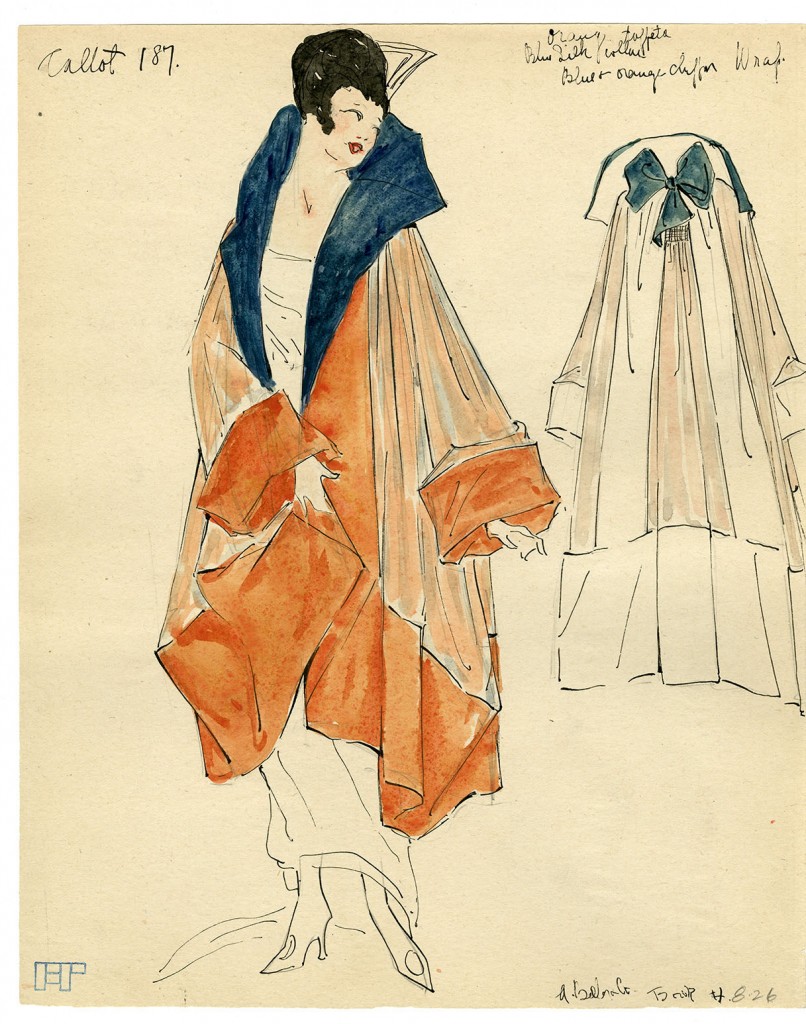
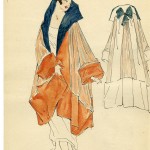
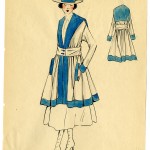
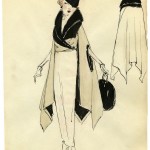
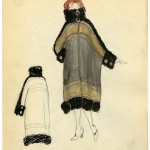
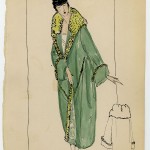
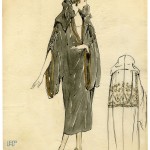
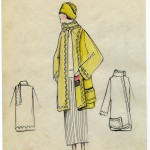
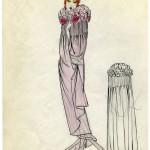
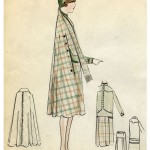
One response to “Couture Copies in America: A Case-Study”
Is there any way to access particular years in your archives! I am helping an author research the life of his family. His mother had several awards from 1947.
Muriel Oggins 08/01/1925 – 1961
Thank you for any help that you may be able to offer.